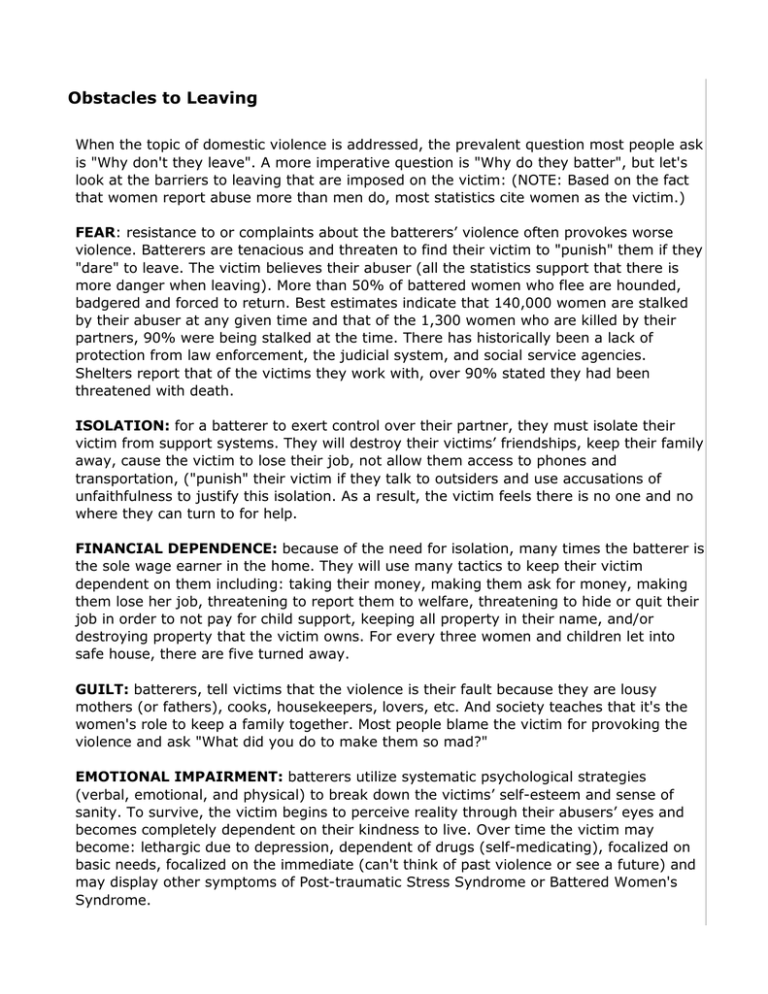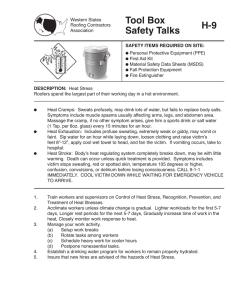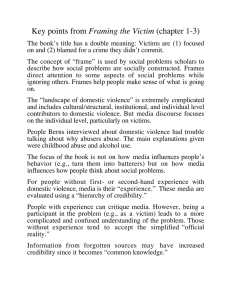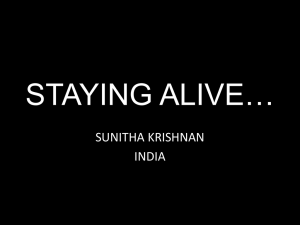Obstacles to Leaving
advertisement

Obstacles to Leaving When the topic of domestic violence is addressed, the prevalent question most people ask is "Why don't they leave". A more imperative question is "Why do they batter", but let's look at the barriers to leaving that are imposed on the victim: (NOTE: Based on the fact that women report abuse more than men do, most statistics cite women as the victim.) FEAR: resistance to or complaints about the batterers’ violence often provokes worse violence. Batterers are tenacious and threaten to find their victim to "punish" them if they "dare" to leave. The victim believes their abuser (all the statistics support that there is more danger when leaving). More than 50% of battered women who flee are hounded, badgered and forced to return. Best estimates indicate that 140,000 women are stalked by their abuser at any given time and that of the 1,300 women who are killed by their partners, 90% were being stalked at the time. There has historically been a lack of protection from law enforcement, the judicial system, and social service agencies. Shelters report that of the victims they work with, over 90% stated they had been threatened with death. ISOLATION: for a batterer to exert control over their partner, they must isolate their victim from support systems. They will destroy their victims’ friendships, keep their family away, cause the victim to lose their job, not allow them access to phones and transportation, ("punish" their victim if they talk to outsiders and use accusations of unfaithfulness to justify this isolation. As a result, the victim feels there is no one and no where they can turn to for help. FINANCIAL DEPENDENCE: because of the need for isolation, many times the batterer is the sole wage earner in the home. They will use many tactics to keep their victim dependent on them including: taking their money, making them ask for money, making them lose her job, threatening to report them to welfare, threatening to hide or quit their job in order to not pay for child support, keeping all property in their name, and/or destroying property that the victim owns. For every three women and children let into safe house, there are five turned away. GUILT: batterers, tell victims that the violence is their fault because they are lousy mothers (or fathers), cooks, housekeepers, lovers, etc. And society teaches that it's the women's role to keep a family together. Most people blame the victim for provoking the violence and ask "What did you do to make them so mad?" EMOTIONAL IMPAIRMENT: batterers utilize systematic psychological strategies (verbal, emotional, and physical) to break down the victims’ self-esteem and sense of sanity. To survive, the victim begins to perceive reality through their abusers’ eyes and becomes completely dependent on their kindness to live. Over time the victim may become: lethargic due to depression, dependent of drugs (self-medicating), focalized on basic needs, focalized on the immediate (can't think of past violence or see a future) and may display other symptoms of Post-traumatic Stress Syndrome or Battered Women's Syndrome. BELIEF SYSTEM: familial, societal, and religious beliefs of the victim may discourage them from leaving a marriage. Victims who stay longer periods of time in a violent relationship believe strongly in commitment and attempt various strategies to gain back the loving relationship they believed they were getting into. Families may encourage the victim to stay and churches convince them to "forgive and forget". The victim may believe strongly that children need a father (and mother) in the home and that divorce will cause emotional damage. HOPE: they loves them. They may hope that if the victim turns into the person the abuser wants, the violence will stop. The victim wants to believe their abuser’s promise that they will change, the abuser is sincere when they promises, and that everything will work out. They victim has experienced the abuser’s "good" side and believes they are capable of displaying that "good" behavior from now on. They victim has invested (time, money, emotions) into this relationship and needs it to be a good one. Victim's Choices: Stay and be passive. Stay and fight back. Suicide. Leave (which can be dangerous) With all of the above said, we highly recommend you get a Safety Plan in place. We know it is not easy to leave and in many cases cannot safely happen immediately. With a safety Plan you will have a game plan for when the abuse appears so you are equipped to get out of the fray. For additional information contact the CSS Women's Commission at 704-336-3210.





